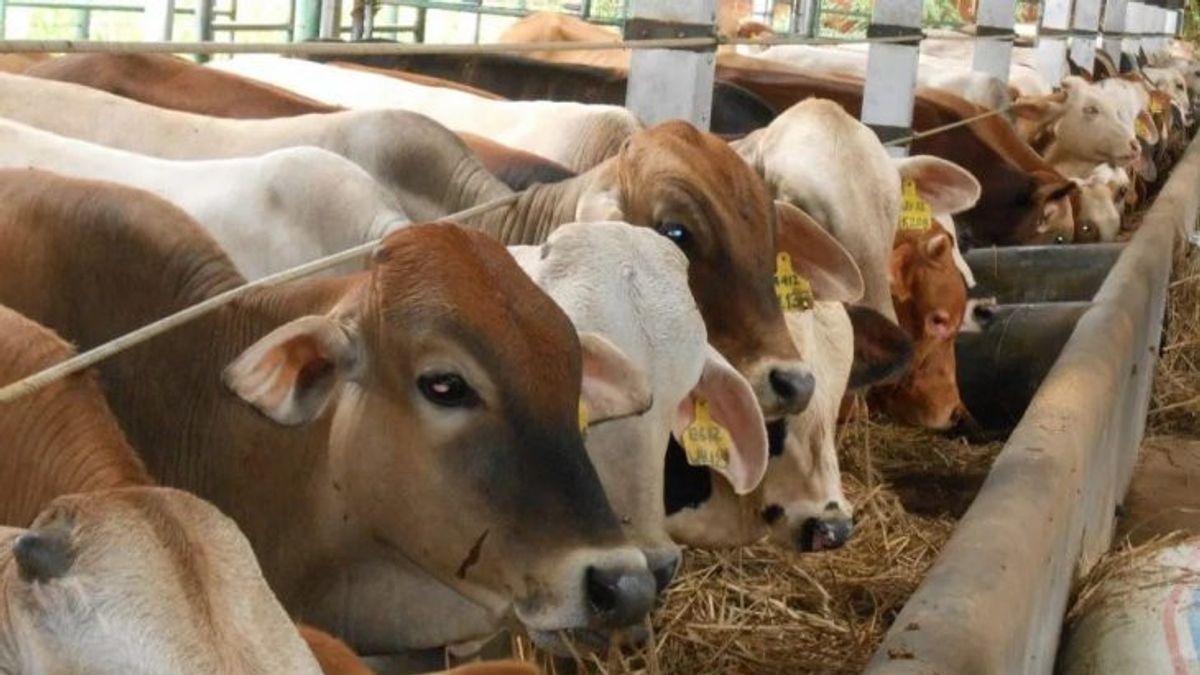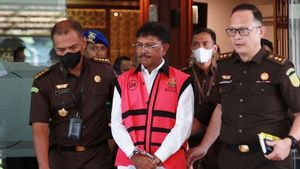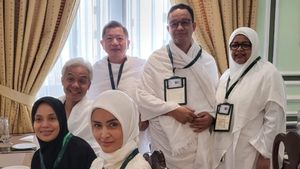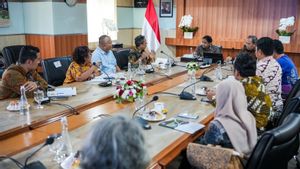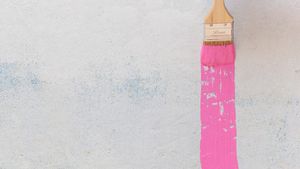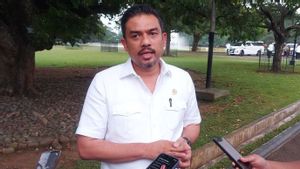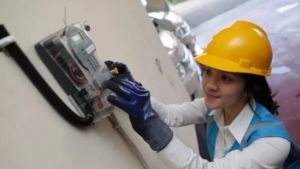JAKARTA - The DKI Jakarta Food, Maritime and Agriculture Security Service has examined 61,800 sacrificial animals entering Jakarta ahead of Eid al-Adha 1444 Hijri. As a result, the majority of the sacrificial animals were declared healthy.
Head of DKI Jakarta DKPKP Suharini Eliawati said, only one percent of the tens of thousands of sacrificial animals had been examined and declared unfit to be sold immediately.
"As of yesterday, we have examined around 61,800 animals consisting of cows, buffalo, goats, and sheep. The percentage of improper animals is below 1 percent," Eli told reporters, Tuesday, June 27.
However, Eli stressed that the animals were declared unfit for sale before being declared healthy just because they were exhausted after a delivery trip from outside the region. Usually, the effect of fatigue is eye pain in these animals.
"There are indeed some who are stressed on their journey and have eye pain. However, according to Islamic law it is still in," said Eli.
Meanwhile, in the findings of animals that are not in accordance with Islamic law such as defects and not old enough, Eli said that his party would give a sign so as not to be sold.
"For special treatment, we remind the public or sellers to care more, such as shelters, there must be a shade, and there must be a place to eat and drink," he explained.
Furthermore, Eli reminded that there are conditions that must be met by the manager of the place where the sacrificial animal is sold. The first condition is that there are no sacrificial animals that have mouth and nail disease (PMK) and lumpy skin disease (LSD).
"The next condition is that the location of the sale is determined by the mayor/regent, sufficient land and according to the number of animals, as well as shelters with fences or there are barriers," explained Eli.
VOIR éGALEMENT:
In addition, the waste of sacrificial animals must also not be removed from the selling site before disinfection or destruction.
Then, where the sale of sacrificial animals is also available quarantine cage facilities for newly admitted livestock, isolation cages for intensive observation during the animal quarantine period, and a conditional cutting place is available to prevent transmission/spread of disease in animals, the environment and humans.
"There are also shelters for waste, materials and disinfection equipment; place for thickening the head, gerood, legs, tail/tails, and bones; as well as burial sites if there are animals that die," he said.
The English, Chinese, Japanese, Arabic, and French versions are automatically generated by the AI. So there may still be inaccuracies in translating, please always see Indonesian as our main language. (system supported by DigitalSiber.id)
